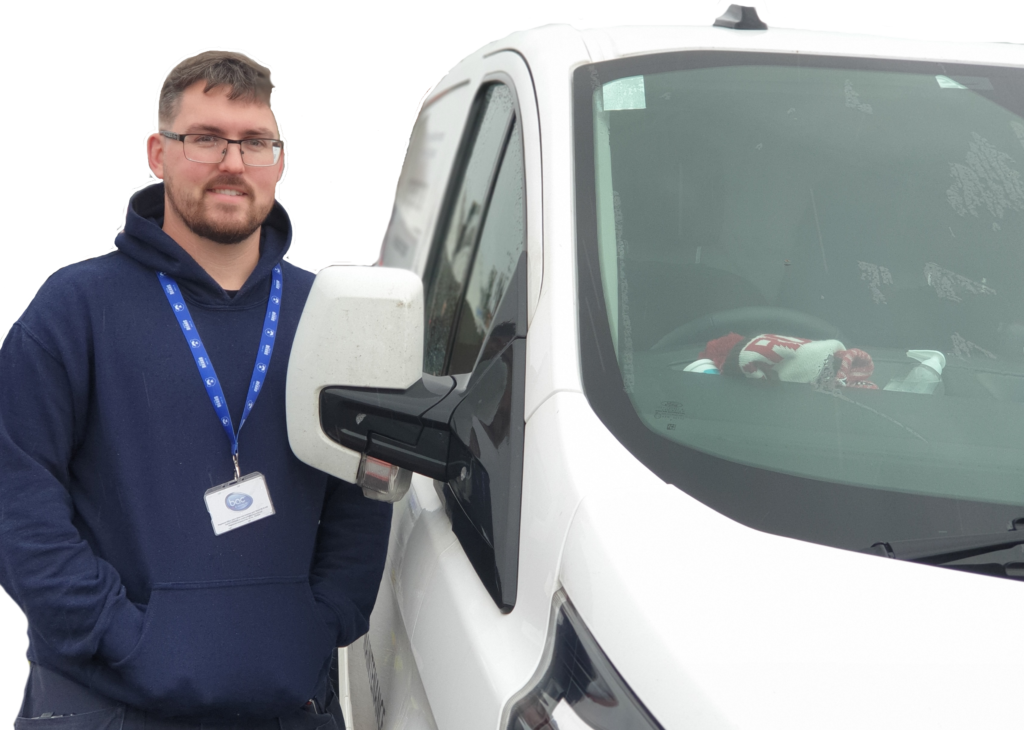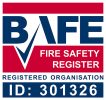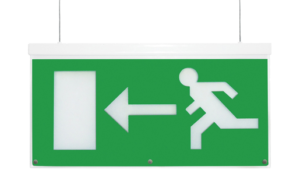

One of the most amazing, yet unfortunate parts of human nature is our ability to very quickly adapt and take things for granted. We only notice when things seem out of place, or are not there when we need them.
The same applies to things like central heating, or air conditioning…we only realise how important things are or how much we need something when it doesn’t work. This is very much the case with Emergency Lighting and power cuts, If you have an emergency lighting system in place, but never test it or have it maintained regularly…how do you know it will do its job when it needs to?
Why should you have your system Tested and Maintained?


This mentality should always be applied to the upkeep of your building’s safety equipment, with Emergency Lighting being one of the most important alongside Fire Alarms.
Best practice dictates that a test and check is completed monthly. Some Building systems are even checked daily depending on their use.
The complexity of the checks is entirely dependent on the light fitting types and size of system, with some manufacturers offering self-testing units.
You can read more about how they work later in this article.
Once annually you will need to have a full duration test completed. In the following pages we have outlined other tasks that should be done
What is a Monthly Test?
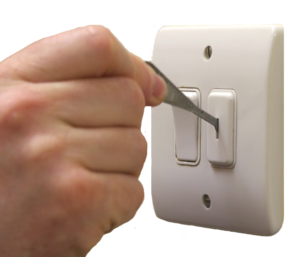

During this check, it is also good practice to give each unit a quick inspection, looking for any areas of damage and giving the light units a wipe off to ensure maximum brightness is achieved.
Depending on the size of the system you may want to test just one or two units a month, you don’t have to test the system in its entirety each time. You need to ensure that this test is long enough to give time for the unit to operate properly, so wait at least 5 minutes and then check the units for functionality. If you perform the test too quickly you will not give the various components time to function before being shut down again.
This could result in damage to bulbs, batteries or other parts. Once you’ve completed the above checks it’s time to put the power back on and make sure they are charging back up. Again, best practice dictates that any checks or tests are recorded in your systems logbook.
What’s an Annual Test then?
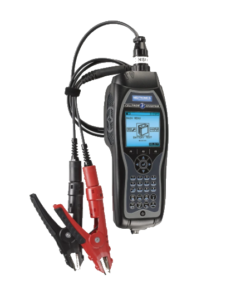

The same process as the flick test applies, but this time the units are left without mains power for up to 3 hours. This allows the system to prove whether it can sustain itself for the required 3-hour duration. The output or strength of the light being omitted should also be checked for lux levels.
Once the discharge test is completed mains power should be reinstated, once this is back on the unit’s battery should be connected to a calibrated tester and the batteries charging rate clarified.
Just as with Weekly or monthly tests it is important to make a note of your annual tests in your systems logbook.
When Should Testing Be Carried Out?
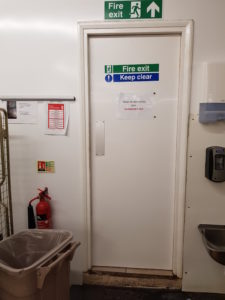

If your premises house a business, it may be best to complete your testing when you’re closed, i.e.: outside of working hours.
If your building is always occupied regardless of the time of day, you will want to consider whether testing units in phases could be an option.
If you have a fire alarm system, you may wish to conduct the testing during the time when the maintenance of the fire alarm
system is being carried out, so as to use the time constructively.
Did you know about Self testing Emergency lights?


As the name suggests, these units have the ability of automatically testing themselves. They routinely check that the battery and lamp are fully operational giving an audible warning and displaying a visual notification upon identifying a fault. This allows you to identify faults with ease and arrange repairs quickly and easily. These light units are built and function in full compliance with the UK Emergency Lighting standard BS5266.
These units are generally more expensive than Non-self-testing models but completely removes the need for performing manual tests weekly or monthly. You will only need to have the annual test completed. This makes the self-testing type of emergency lighting the equipment of choice for those endeavouring to minimise disruption in the building.
Another great benefit to these types of fitting is the ease of upgrading to them. These units can replace existing emergency fittings with very little hassle.
BAC highly recommend self-test emergency lighting and believe it to be one of the best and easiest ways to meet your fire safety obligations.
Your Legal Obligations
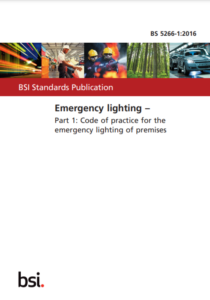

Having an emergency lighting system that is fully compliant is an absolute must. Emergency lights play a vital role to maintain the safety in a building, as well as to safeguard the health and the lives of occupants, particularly in
cases of emergencies and catastrophes.
BS 5266-1:2016 is the latest code of practice to follow.
In Summary
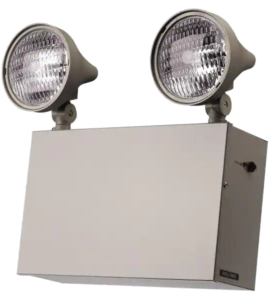

Getting into good habits and making it a regular, regimented task will pay dividends over time and ensure their performance should they ever be required.
Emergency lights are one of Fire safety’s unsung heroes. Hardly noticed, and sometimes seen as an unnecessary expense.
The reality is that they save lives.
If you or your company would benefit from some expert advice about your current Emergency Lighting, or if you’d like a fully compliant quote for a new system including self-test options, call our expert team to arrange a consultation.
